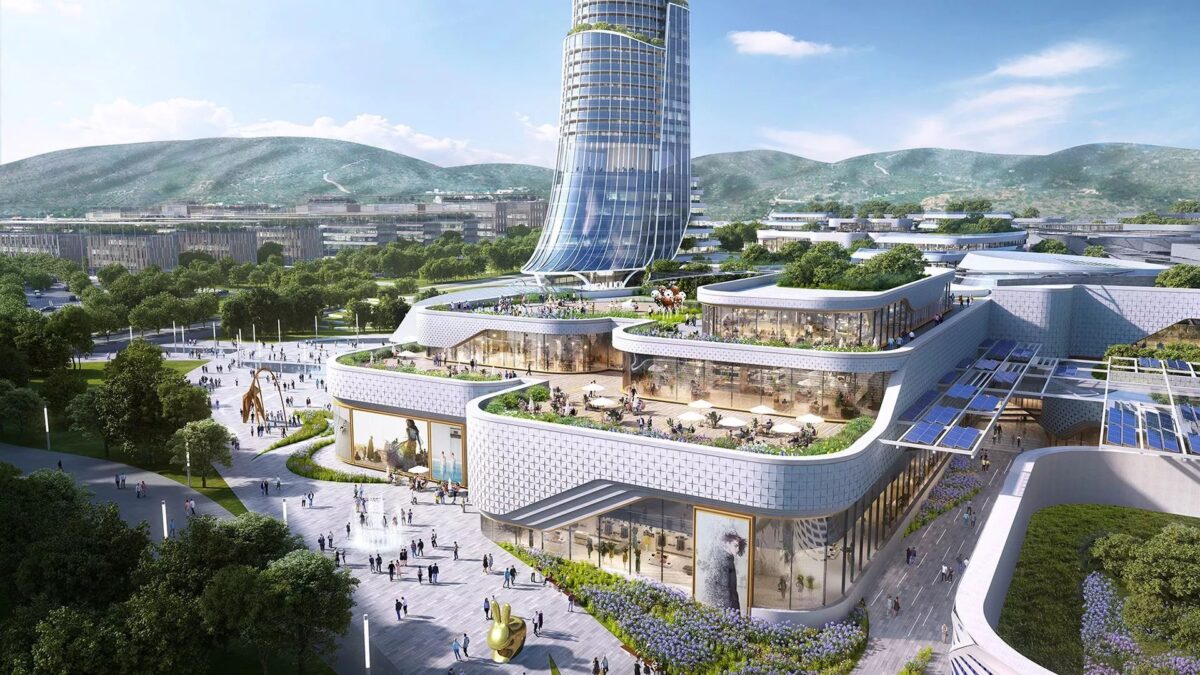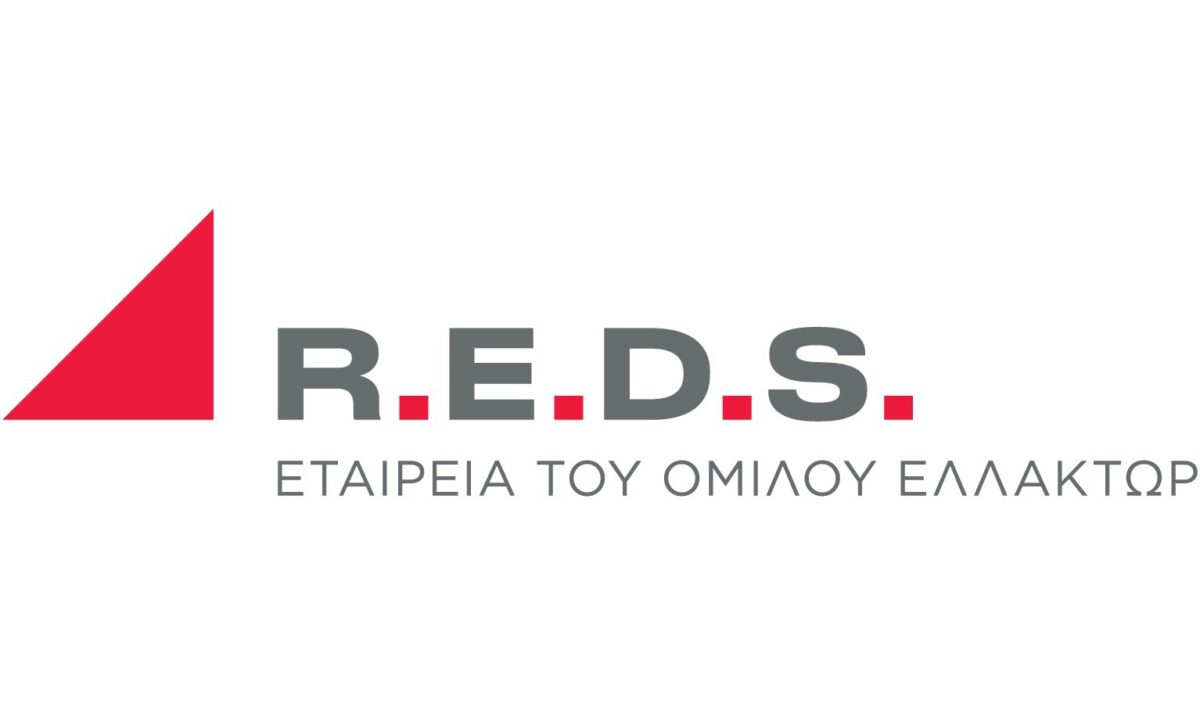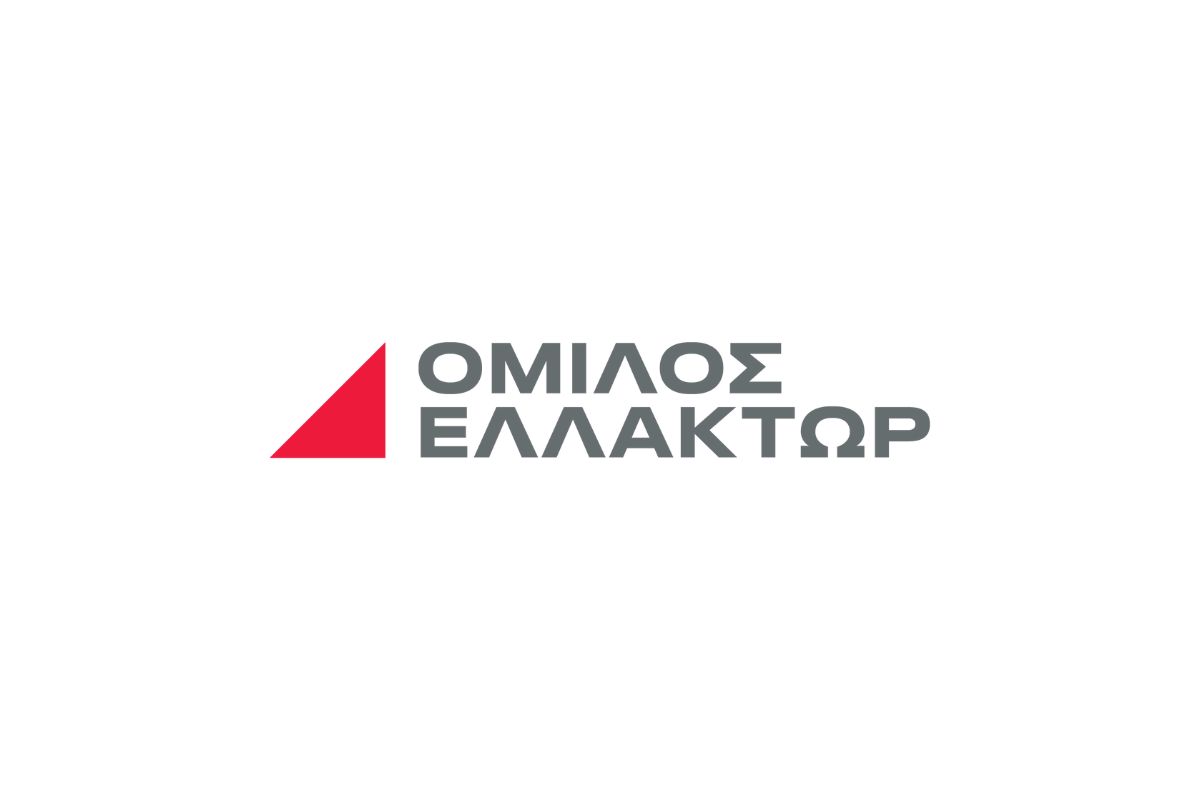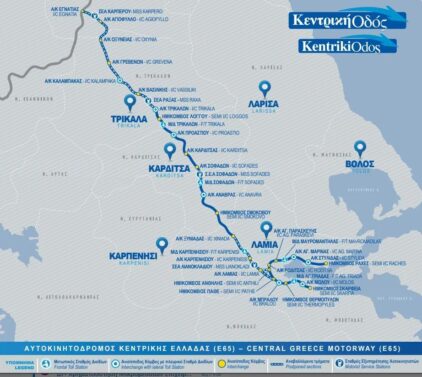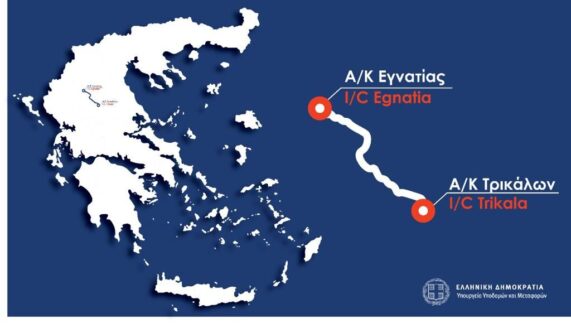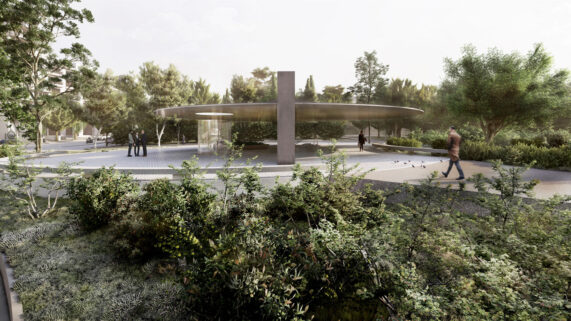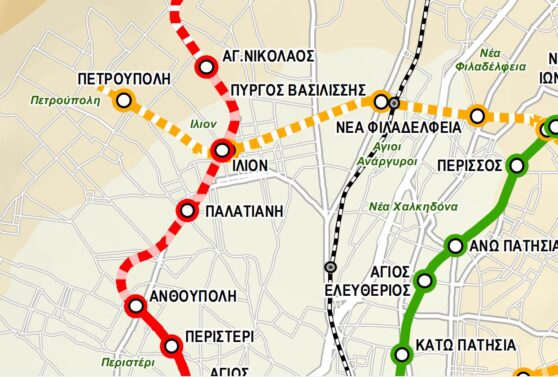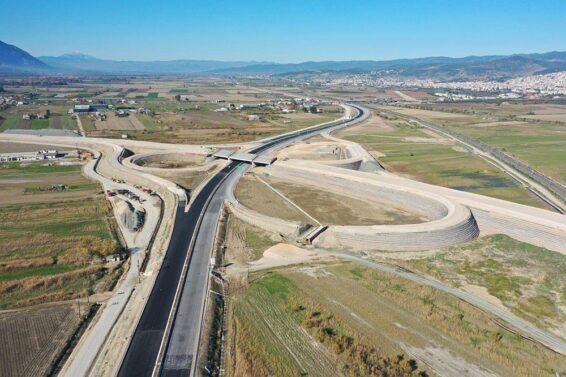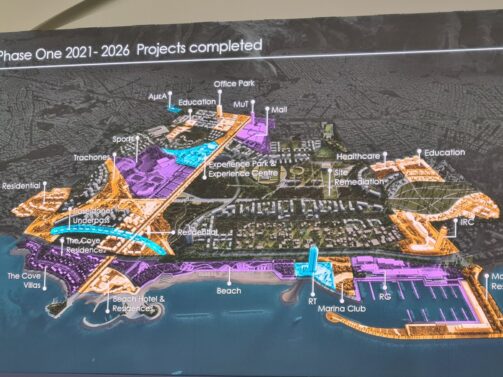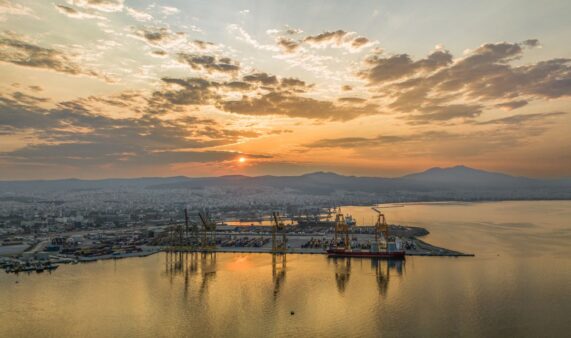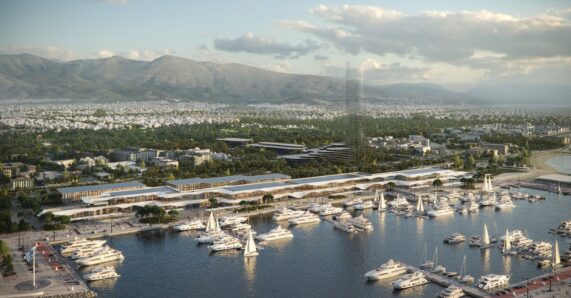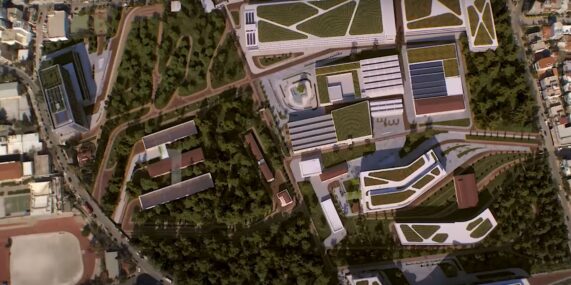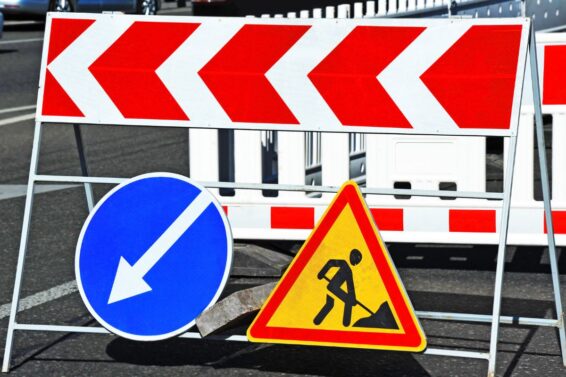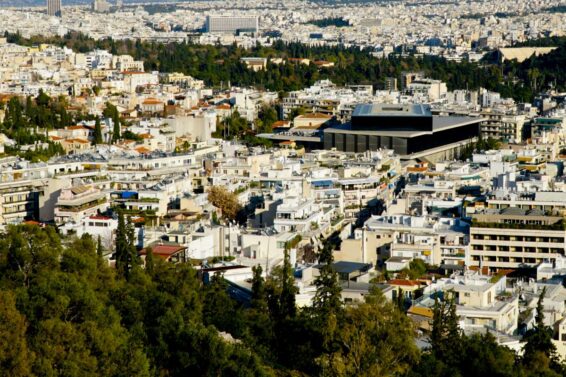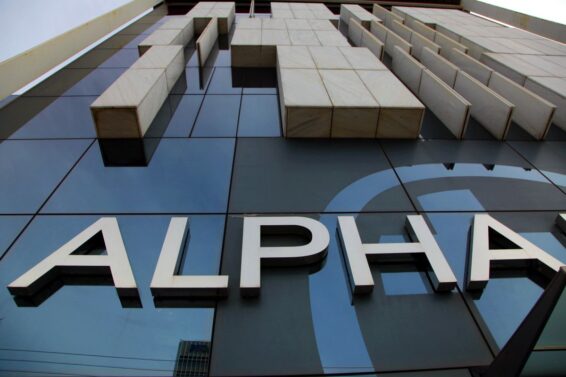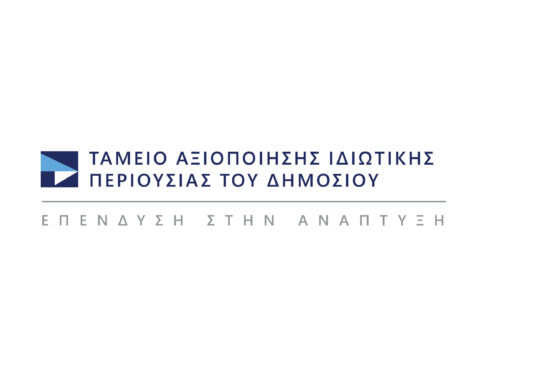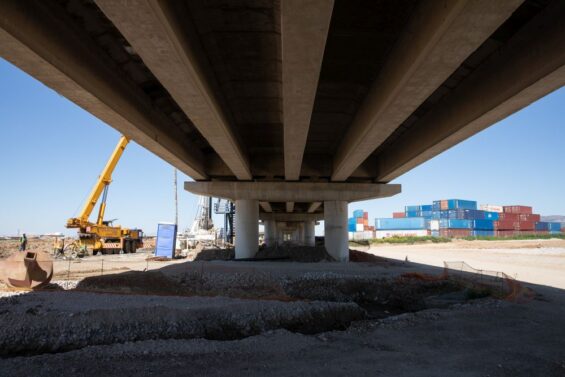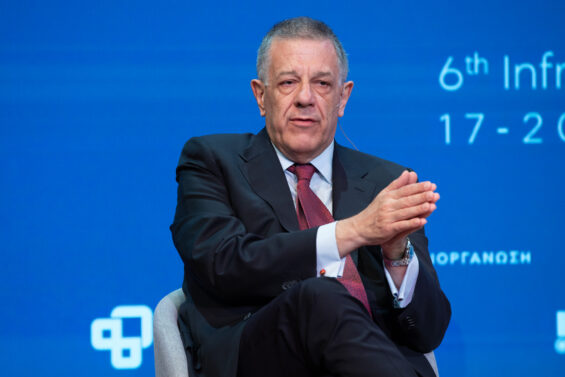The dream of Greece’s transformation from a country with incomplete infrastructure into a country with integrated and advanced infrastructure has been around for several decades. The financial crisis may have delayed the development of the country’s infrastructure for several years, but this is now changing at a rapid pace.
Starting from 2017 until 2021, the country will have significantly narrowed the gap with other European countries, mainly in terms of transport projects. In that sense, continuous funding from the EU since 1985, has been particularly important.
But let’s take a look at Greece in the 1990s. It was a country with not only incomplete infrastructure but almost non-existent infrastructure. Highways were scattered and mainly around Athens and Thessaloniki metropolitan areas. The railroad was obsolete, dangerous and without any prospect. Ports and airports were reminiscent of the 1960s movies, urban transport was carried out by polluting Soviet-style buses with long-haul routes, and just one Metro line (today’s Athens Metro Line 1) with disheartening platforms, timetables and trains.
Today, the country has approximately 2,200 km of covered motorways: Egnatia Motorway and its vertical axes (about 900 km), Moreas Motorway (approximately 200 km), Athens-Thessaloniki axis (Nea Odos Motorway,Kentriki Odos Motorway and Aegean Motorway with approximately 500 km), Attiki Motorway (65 km), Rio-Antirrio Bridge (about 5 km), Kentriki Odos Motorway E65 (about 80 km), Olympia Motorway (approximately 200 km), Ionian Motorway (approximately 200 km) VOAK (Crete, 42 km) and 25 km inThessaloniki Ring Road.
By next Summer, Athens-Thessaloniki corridor as well as the corridor from Kiato to Athens Airport, will be fully completed with a double-track, electrified line. During 2019, Kiato-Eghio will become operational again, after a period 10 years.
The ports of Piraeus, Thessaloniki, Patra, Igoumenitsa and Volos are leading in terms of infrastructure quality. Regarding the airports, the country’s “jewel” is “El.Venizelos” (one of Europe’s best airports in its category).
In urban transport, Athens has 3 Metro lines (60 + 20 km) and 3 Tram lines (26 km) and a Suburban Railway network (230 km), with newly completed electrification systems from Piraeus to SKA (Acharnes) Station. The city has also new-generation trolley buses (electric) and a fleet of natural gas buses. In the cities of the Greek province, most urban transport systems possess new-generation buses while long distance services are covered with modern coaches.
The future
The above description proves that much has been done to date. But what will we see over the next few years?
In urban transport we will see the operation of the extension of the Tramway from Faliro (current termimal) to Piraeus. In the railway, electrification systems will be completed from Athens to the borders (Edomeni), allowing, for the first time, modern international passenger services to connect Athens and Thessaloniki with other European cities.
In 2019 we will see the part operation of the great extension of Athens Metro Line 3 to Piraeus as well as the works at the Port of Igoumenitsa. The projects at “Makedonia” Airport for the extension of the runway as well as construction works at Pier III of Piraeus port will also be completed .
In 2020, the basic line of Thessaloniki Metro (11 of the 13 stations) will operate (with a delay of 8 years). The motorways Aktio-Amvrakia (48 km) and E65, Lamia-Xyniada (30 km) will be completed.
In 2021, 200 years after the Greek Revolution, which led to the creation of the modern Greek state, an array of new infrastructure are being completed. In Piraeus, the extension of Metro Line 3 to the Municipal Theater, in the center of Piraeus, and “Kalamaria Line” for Thessaloniki Metro will be completed and operate.
For the rail will be a milestone year: Major electrification and signaling projects will be also completed on Kiato-Eghio, Paleoparsalos-Kalampaka and Larissa-Volos lines. In Northwestern Peloponnese, the new double-track railway line will reach the area of Rio.
Finally, the upgrade program for Fraport’s 14 Regional Airports, at a cost of 350m euros, will be also completed. Undoubtedly, Greece in 2021 will be a much different country than today and we should prepare to use the new infrastructure as a base tob design the next-generation projects that will give the country an even greater momentum in 2025.
Nikos Karagiannis-ypodomes.com
ΜΗΝ ΞΕΧΑΣΕΤΕ
- Ακολουθήστε το ypodomes.com στο Google News και μάθετε πρώτοι όλες τις ειδήσεις για τις υποδομές στην Ελλάδα
- Αν είστε επαγγελματίας του κλάδου, ακολουθήστε μας στο LinkedIn
- Εγγραφείτε στο Ypodomes Web TV

